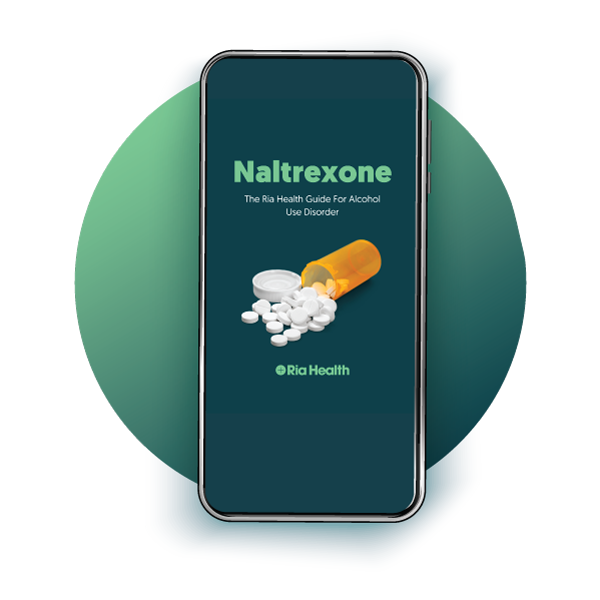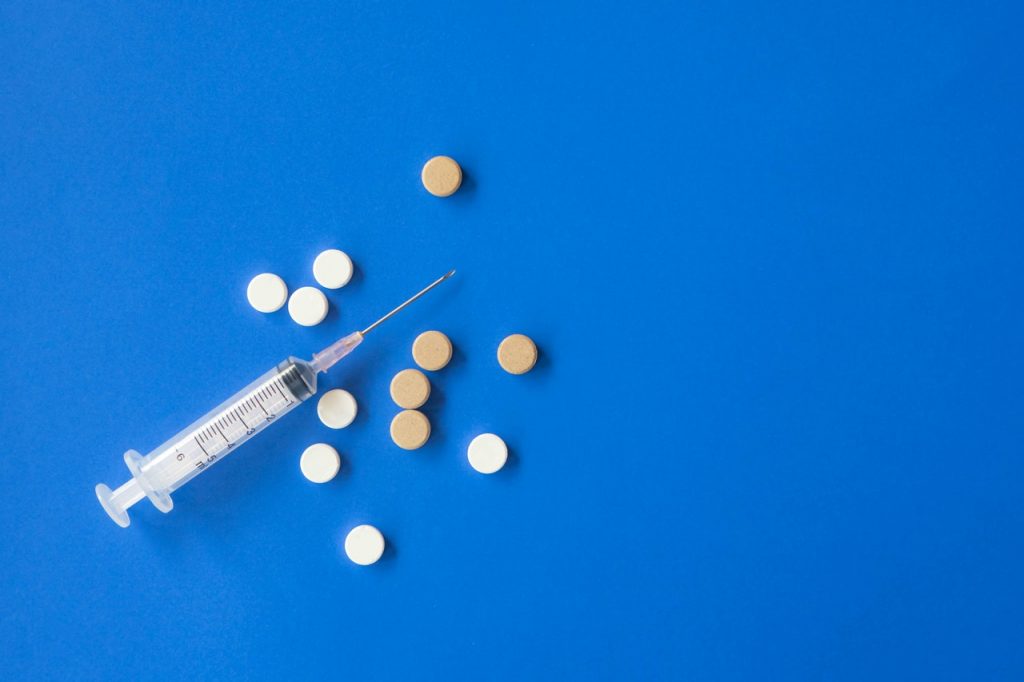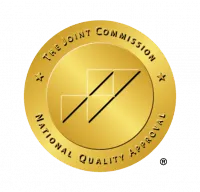What Is the Difference Between Naloxone and Naltrexone?
Naloxone and naltrexone are both FDA-approved opioid antagonists. They bind to opioid receptors in the brain to block the effects of harmful substances.
Although they have a similar function, the two drugs differ in when and how they are used. In this post, we’ll look at naloxone vs naltrexone, and how they are different from each other.
What Are Opioid Antagonists and How Do They Work?
To understand how opioid antagonists work, you need to know about the body’s endogenous opioid system, the body’s internal system for regulating pain, reward, and addictive behaviors. This system consists of endogenous opioids—opioid substances produced naturally in the body—and their receptors. When opioids bind (attach) to these receptors, they trigger chemical changes in the body that produce feelings of pleasure and pain relief.
Opioid agonists, such as morphine, fentanyl, and oxycodone, work the same way. They bind to opioid receptors and trigger feelings of pleasure and pain relief. The problem is that these feelings are much stronger than those created by the body’s natural opioids, which can lead to unhealthy habits, tolerance and dependence, and addiction.
Opioid antagonists, like naloxone and naltrexone, also bind to opioid receptors, but they do not activate them. Instead of triggering chemical changes that lead to pleasurable feelings, opioid antagonists block or reverse the effects of opioids. They produce no opioid effects themselves, and they prevent opioids from attaching to or activating the opioid receptors.
Opioid antagonists can be used to:
- Reverse the effects of an opioid overdose
- Help prevent relapse from opioid or alcohol dependence by blocking feelings of euphoria
- Manage additional opioid effects, like constipation and shallow breathing
Some opioid antagonists cause minor side effects. They can pose additional risks for patients with certain conditions, such as heart disease, and they can cause withdrawal from opioids. However, these medications are safe and effective when taken as prescribed.
What Is Naloxone?
Naloxone is most commonly sold under the brand name Narcan. It’s used to quickly reverse the effects of an opioid overdose. Available as a nasal spray or in an injectable format, naloxone can save the lives of people at risk of an opioid overdose death. It does not reverse overdoses from other substances like alcohol, cocaine, or methamphetamines.
Naloxone should be given at the first sign of opioid overdose, such as slow or absent breathing, pinpoint pupils, blue lips or nose, or unconsciousness. It can restore normal breathing, but it only reverses the overdose for 30 to 90 minutes. People with a physical dependence on opioids may experience withdrawal symptoms within minutes after using naloxone. For these reasons, it is essential to call 911 in the case of an opioid overdose, even when naloxone is used.
Police officers, first responders, and emergency medical technicians often carry naloxone. Friends and family members can be trained on how to administer naloxone in most states. It’s also available without a prescription at pharmacies in some areas, and through local public health groups and community-based distribution programs.
Side effects from naloxone are rare. It’s a safe medication, but a small number of people may experience an allergic reaction.

Download Our Naltrexone Guide
Learn more about Naltrexone by downloading our guide. Just enter your email address and we will send you a PDF file right to your inbox to download.
What Is Naltrexone?

Naltrexone is commonly known by the brand names Vivitrol and Revia. It can be used as part of a treatment plan for the misuse of either opioids or alcohol. It’s available as a daily pill (for alcohol use disorder) or a long-acting injection (for alcohol use disorder or opioid use disorder).
Naltrexone makes it easier for people to stop misusing alcohol or opioids because it blocks the pleasurable effects of these substances. By interfering with the brain’s “pleasure pathway,” naltrexone reduces cravings.
As a tool to help people drink less, naltrexone works best in combination with treatment methods like therapy and coaching. It can be prescribed and administered by any practitioner who is licensed to prescribe medications.
Naltrexone is not addictive and does not cause withdrawal symptoms when you stop using it. Most people do not experience serious side effects from naltrexone.
A very small subset of people may experience a depressed mood. If that’s the case, talk to your practitioner about exploring other options. You should also talk to your doctor if you are taking medications that contain opioids, as naltrexone can reduce their effectiveness.
Learn more about naltrexone.
The Difference Between Naloxone and Naltrexone
A key difference between naloxone and naltrexone is that naloxone is used for opioids only, while naltrexone is used for the misuse of both opioids and alcohol.
Additionally, naloxone is a short-acting drug used in response to an opioid overdose. Naltrexone is a long-acting drug used as part of a comprehensive treatment plan. There is an injectable form of each medication, but naloxone is also available as a nasal spray, and naltrexone is also available as a daily pill.
Both medications are safe, FDA-approved, and rarely cause side effects. But if you’re wondering about naloxone vs. naltrexone, here’s the key distinction: naloxone is for opioid overdoses, and naltrexone is for the treatment of opioid use disorder and alcohol use disorder.
Using Naltrexone to Treat Alcohol Addiction
Naltrexone is part of Ria Health’s comprehensive, whole person approach to treating alcohol addiction. In fact, we offer several FDA-approved medications for alcohol use disorder, in combination with counseling and other resources.
As a Ria member, it’s up to you whether you want to cut back on alcohol or quit completely. Our compassionate team of medical experts will work alongside you every step of the way.
You’ll receive an individualized treatment plan including access to medication like naltrexone, weekly check-ins with a licensed recovery coach, online support group meetings, and digital tools to track progress toward your goals.
Naltrexone will reduce the urge to drink and help you stick to your personal goals. But our team will also focus on helping you recognize your drinking triggers, use skills and strategies to stay on track, and overcome any stigma or shame associated with your drinking patterns.
If you’re ready to make a change, learn more about how Ria Health works, or schedule an obligation-free call with a member of our team.
Will insurance cover treatment? Verify Coverage
Have Questions? Call (800) 504-5360



